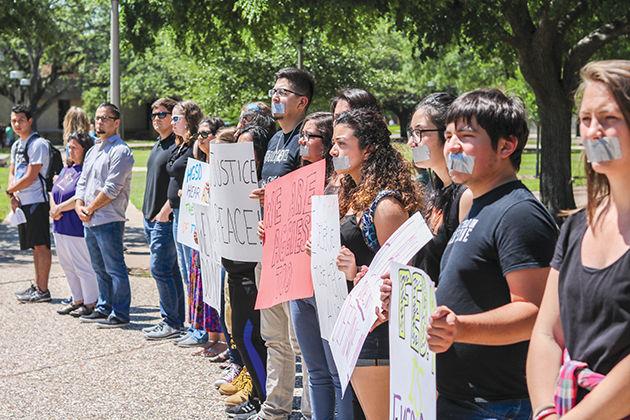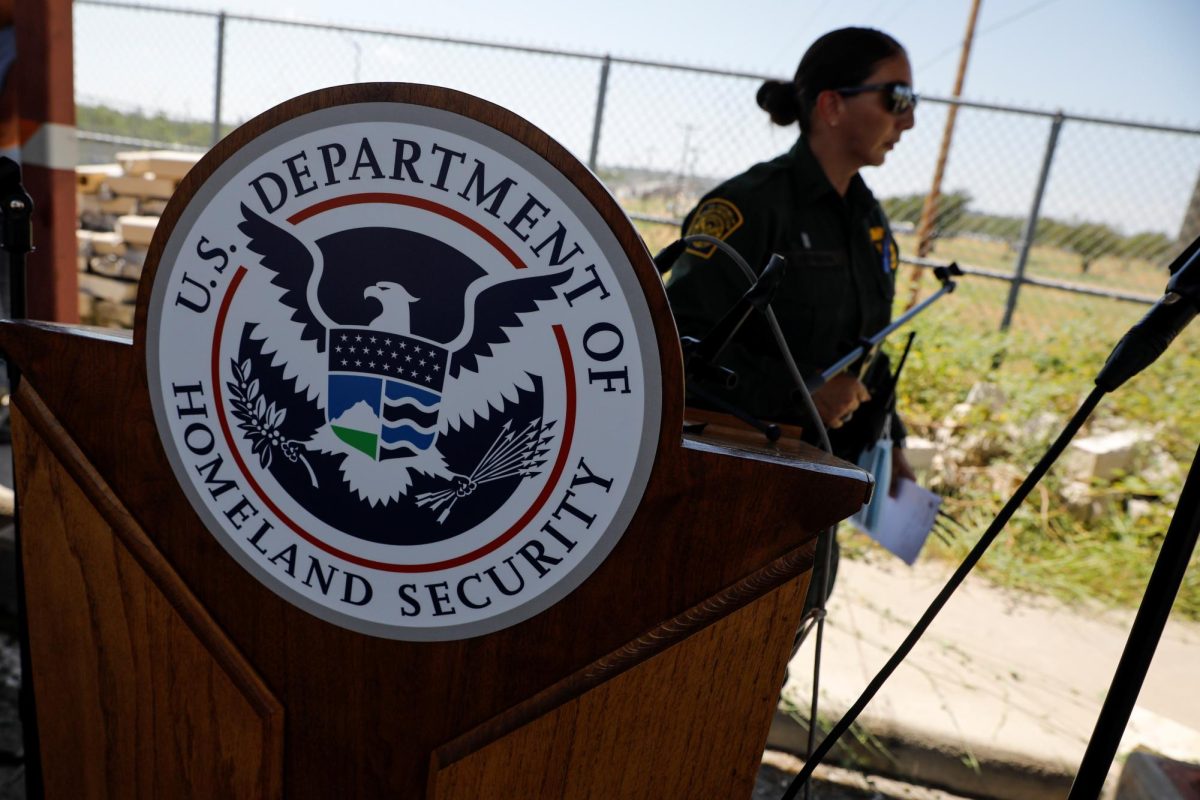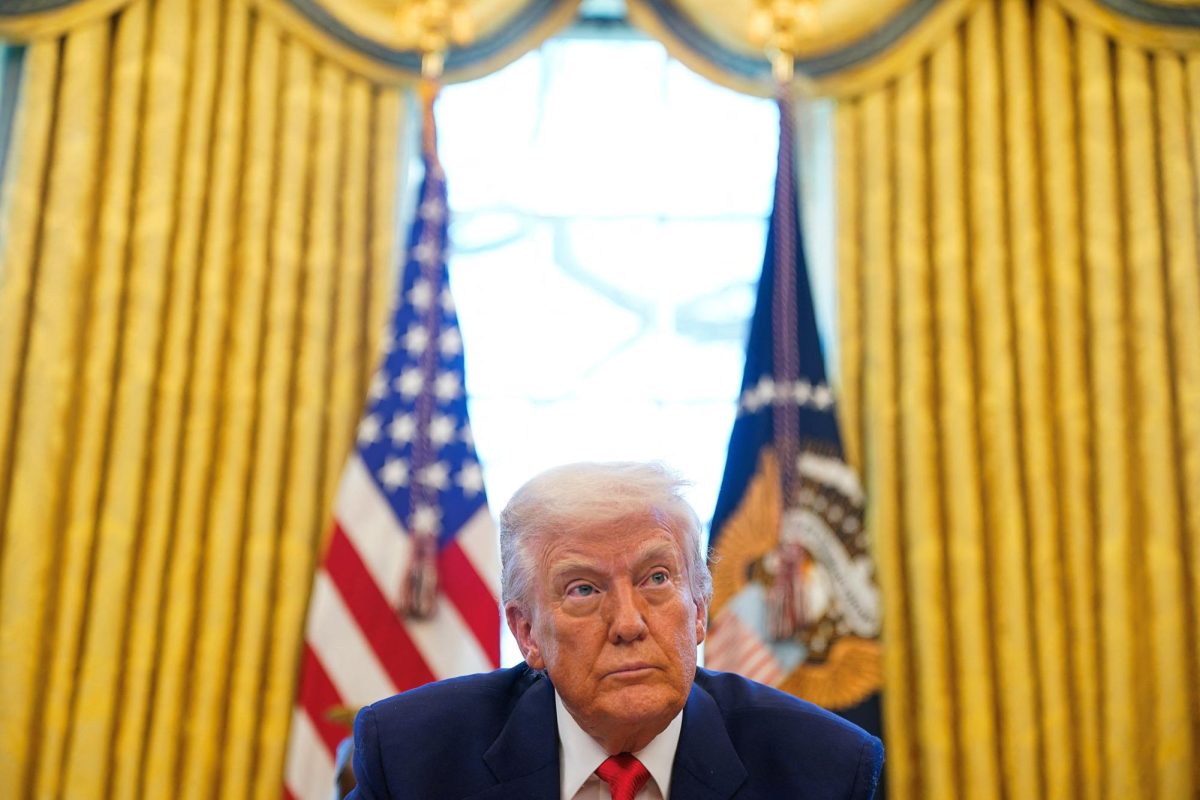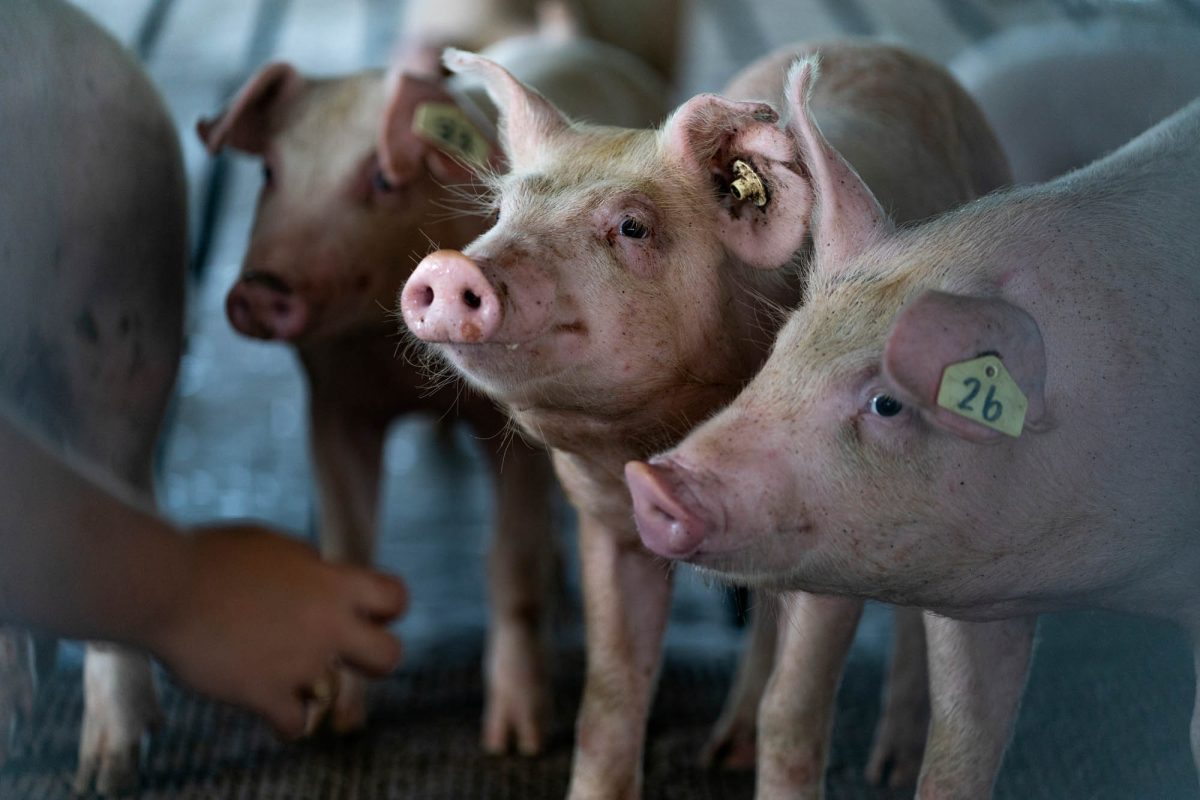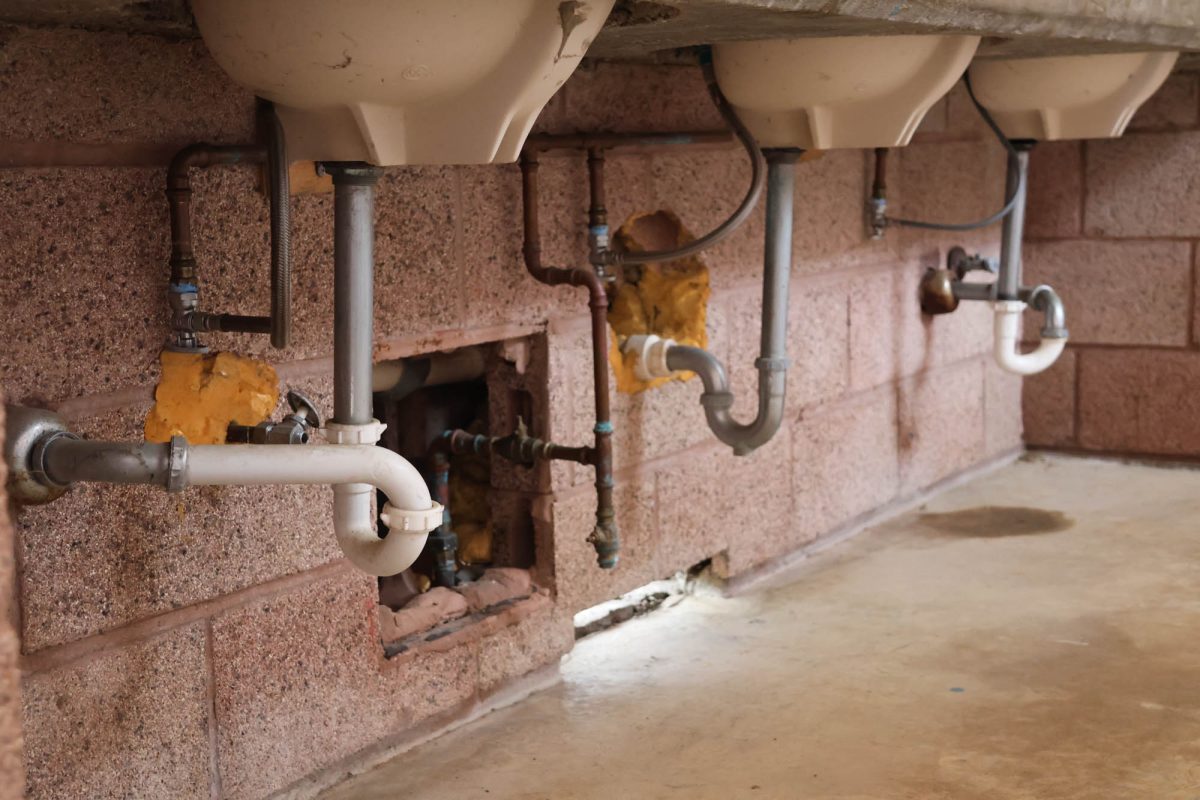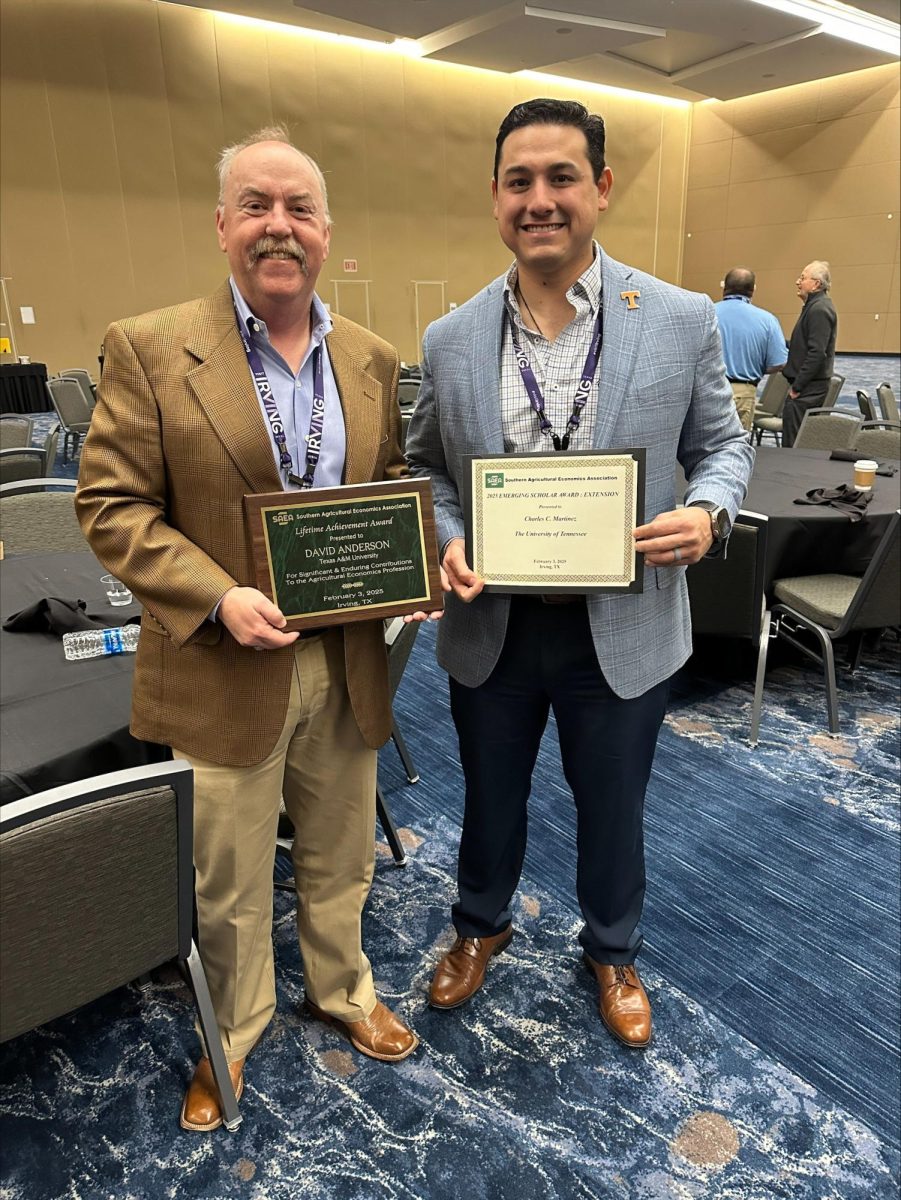Just over a year ago, more than 60 students from Uplift Hampton Preparatory were touring the Texas A&M campus when they received a welcome more hostile than they anticipated from a student. The student reportedly verbally abused the tour group, targeting their race and skin color and told them to “Go back where [they] came from” while using the n-word, her confederate flag earrings acting as a prop.
That day, Feb. 9, 2016, would go on to be a talking point and reference for the next full year on campus. Dozens of protests can be traced back to the event and, while the university apologized to Uplift Hampton Preparatory students in the form of letters written by students, it also initiated actions and discussions to prevent future incidents. Lectures, campus visitors and other diversity-oriented events — both university organized and otherwise — have become common place on campus in an effort to increase diversity awareness.
While the event was a disappointment to both A&M and Uplift Hampton Preparatory, the schools are moving forward. Sara Ortega, director of communications for Uplift Education, said the school is trying to look past the mistreatment of their students and took the incident as an opportunity to educate about racial issues in colleges.
“We tried to keep their focus on academics and not bother them too much,” Ortega said. “Following the couple of months after that happened, Uplift partnered with a whole bunch of different higher [education] institutions from across the state and nation. We had what was called The College Race, which was a symposium on racial issues in higher [education] and different areas that our students would possibly encounter.”
Several speakers at the event, including Paul Frazier, associate president for the institute of diversity at Texas Tech, Tracy Brown, president of International Inclusion Inc., Uplift Hampton Preparatory alumni and students from Texas Tech gave speeches and hosted workshops, panels and discussions centered around discrimination at The College Race’s inaugural event in Dallas last year.
Ortega said the event was important because the students will face discrimination once they leave high school.
“Unfortunately, these are just realities of their world,” Ortega said. “It is an unfortunate situation that our students have reflected on but in the end we came through with something that opened the dialogue for this conversation we needed to have.”
Ortega said Texas Tech has agreed to host the next College Race in March and will invite other universities and higher education entities.
At A&M, students continue to challenge the university through a series of demands. TAMU Anti-Racism, an organization which was created in direct response to the Feb. 9 incident, hosted #OurCampusTAMU on the anniversary. It consisted of different events highlighting specific demands from the group, including more students and faculty of color, addressment of allegedly racist faculty and more representation of people of color through statues and monuments. Twitter hashtags, protests, artwork and a march were meant to highlight each demand on a specific day last week leading up to the anniversary.
Chris Wise, women and gender studies senior and member of TAMU Anti-Racism, said the university has a long way to go before it can fix racial issues. Wise said Aggies United, a counter event held by the university the night white nationalist Richard Spencer came to speak on campus, emails sent from Young and statements from university were not productive. Aggies United was named the most inspirational event of 2016 by the Anti Defamation League.
“I feel like A&M never really addressed the student body on those issues,” Wise said. “As far as how this is an issue and we need to address it and we need to make sure our students of color especially feel welcome on campus and feel like they’re a part of the Aggie family also. I feel like most of it was done to save face … It’s meant to make white people feel better.”
One of the goals for TAMU Anti-Racism is to have more landmarks of students of color on campus, such as Matthew Gaines, who made contributions to public education in Texas including the founding of A&M. Wise said representation on campus of minorities is important for inclusion.
“Having something that represents me as a person, as a black woman, says I belong here too and that I’m a part of the Aggie family,” Wise said. “Sometimes we just don’t feel like we belong or we feel ‘othered’ in many other ways.”
Over the past year, University President Michael Young and A&M faculty have continually promised to improve the campus climate and diversity on campus, including denouncing the recent executive order to ban immigration from seven predominantly Muslim countries.
“While the actions of a few certainly do not represent our institution as a whole, it is the responsibility of all of us to stop any incidents that could be considered hateful or biased-based on race, religion, gender, sexual orientation, disability or any other factor,” Young said in an email a day after the incident.
Shane Hinckley, vice president of brand development for Texas A&M, said the university recognizes the issues concerning race and representation and will not stop working to solve them. Hinckley said A&M is looking to expand the conversation and investigate ways to improve the university, including diversity training and more.
“We look at it as the beginning of going forward and doing more engagement, more speaking, more embracing of the conversation of the topic and working with various different groups both in implementing new structures and strategies,” Hinckley said. We’ll continue to do so. We’ll continue to promote and encourage those conversations because that’s the way you need to address it … This isn’t just one person from the office of the president. This is a community collaborative effort together. And that’s how you make it work.”
One year after Feb. 9 incident students reflect
February 12, 2017
Photo by File
After the events of Feb. 9, the community held the protest “February 9 is Everyday” last Spring.
0
Donate to The Battalion
$2790
$5000
Contributed
Our Goal
Your donation will support the student journalists of Texas A&M University - College Station. Your contribution will allow us to purchase equipment and cover our annual website hosting costs, in addition to paying freelance staffers for their work, travel costs for coverage and more!
More to Discover




